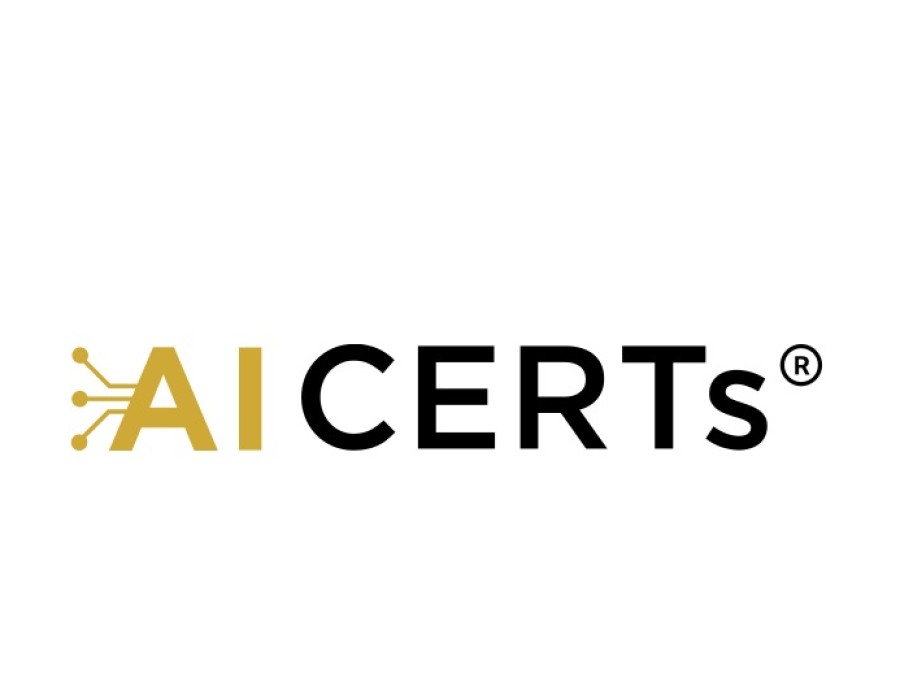Every 39 seconds, a cyberattack strikes somewhere in the world, according to WatchGuard. That’s over 2,200 attacks every single day—each one a potential breach of sensitive data, critical systems, or financial assets. In cybersecurity terms, this constant barrage means there is virtually no downtime in the threat landscape. Attackers are always active, scanning for vulnerabilities, launching phishing attempts, or deploying AI-driven malware that can adapt faster than traditional defenses. (Source)
For organizations, this statistic underscores the urgency of moving beyond reactive measures. Defense systems must operate at machine speed, detecting and responding to threats the moment they emerge. This is exactly where AI security systems shine! It helps in analysing millions of data points in real time, identifying patterns invisible to humans, and enabling AI security defense learning to strengthen responses over time.
With AI now analysing billions of signals per second, what if pairing that intelligence with human insight could create a cybersecurity superpower? This is what we will be highlighting as the stakes rise amid rapid AI adoption.
The Growing Cybersecurity Challenge
With the expansion of cloud computing, IoT devices, and digital infrastructures, cyber risks have grown exponentially. Hackers no longer rely solely on manual attacks; they employ AI-driven methods to penetrate systems, detect vulnerabilities, and exploit weaknesses at scale. This has left traditional security practices struggling to keep up.
This is where artificial intelligence steps in as a transformative tool. AI can analyze vast amounts of data in real-time, detect anomalies faster than human analysts, and even predict potential breaches before they occur. However, while AI provides speed and scale, human expertise adds creativity, intuition, and ethical judgment. Together, they form a powerful cybersecurity partnership.
Why AI Alone Is Not Enough
Although AI has unmatched capabilities, relying solely on it poses risks. Algorithms can misinterpret legitimate user behavior as malicious, overlook subtle attack patterns, or fall prey to adversarial AI attacks. Human cybersecurity experts are essential to verify, validate, and fine-tune these systems.
For instance, an AI system may detect unusual login attempts from multiple regions. While the AI flags this as a potential attack, a human analyst can contextualize the event, perhaps realizing it aligns with a company’s expansion into new markets. This balance ensures accuracy in security operations.
Building the Cybersecurity Superpower Equation
The synergy between humans and AI depends on knowledge and adaptability. Security professionals today are expected to understand not only traditional practices but also AI-enabled defense mechanisms. For this reason, many pursue an AI security certification to validate their expertise and stay ahead in the industry. Such certifications help bridge the knowledge gap between conventional cybersecurity practices and emerging AI-driven defense strategies.
Learning how AI strengthens security also means professionals must continuously upgrade their skills. By choosing to learn AI security systems, they gain the ability to interpret AI-driven insights, collaborate effectively with automated tools, and develop countermeasures against evolving threats. This knowledge is becoming indispensable for anyone aspiring to thrive in cybersecurity roles.
AI-Powered Security Training and Skills
Organizations and individuals are also embracing structured pathways to gain AI security defense learning. Training modules now incorporate real-world simulations where professionals work alongside AI systems to detect and mitigate cyberattacks. These hands-on experiences equip learners with practical insights on integrating human judgment with machine efficiency.
In addition, cybersecurity experts are encouraged to expand their ai cybersecurity skills through ongoing workshops, certifications, and research projects. Developing this skillset allows them to remain relevant in a digital world where attackers increasingly exploit AI to outsmart defenses. By building such expertise, professionals not only protect organizations but also create new opportunities for career advancement.
The Role of Structured Programs
Cybersecurity knowledge cannot be acquired overnight; it requires a dedicated and structured program. These programs are designed to cover everything from the basics of AI-enhanced security systems to complex threat intelligence models. Through them, professionals gain exposure to real-world challenges and learn how to integrate machine-driven tools with human strategies effectively.
For those aiming to specialize at the highest level, pursuing an advanced ai security certification can provide the edge needed to stand out in the industry. Such certifications dive deeper into predictive analytics, ethical hacking with AI, and developing resilient architectures capable of resisting sophisticated AI-driven attacks. By mastering these advanced domains, professionals transform themselves into indispensable defenders in the fight against cybercrime.
Conclusion
The future of cybersecurity lies in a seamless partnership between humans and machines. AI will continue to automate repetitive tasks, analyze enormous datasets, and detect emerging threats, while humans will interpret the context, make ethical decisions, and adapt strategies creatively. Neither side can win this battle alone.
When combined, AI’s precision and speed with human ingenuity and judgment create a force powerful enough to outmaneuver even the most advanced cybercriminals. The formula is simple but profound: AI plus humans equals a cybersecurity superpower. This collaboration ensures that digital environments remain secure, resilient, and ready to face the challenges of tomorrow.




.jpg)

Comments